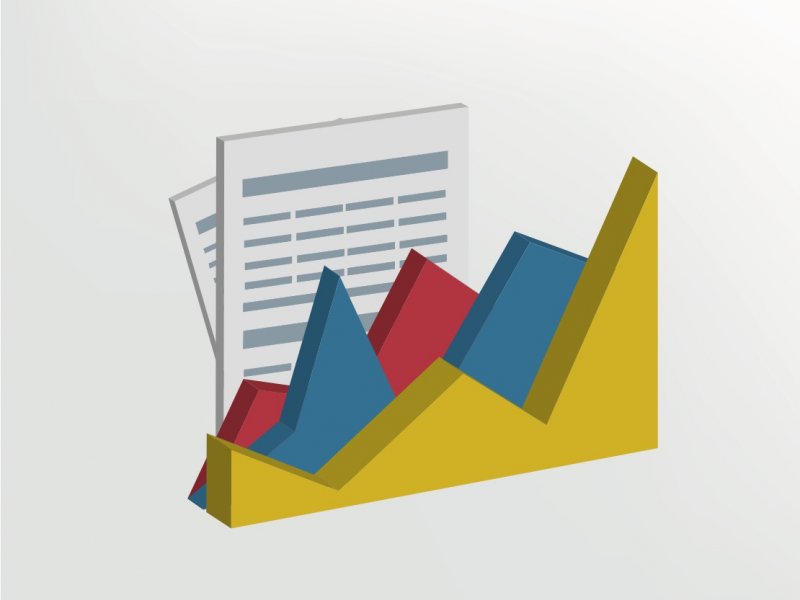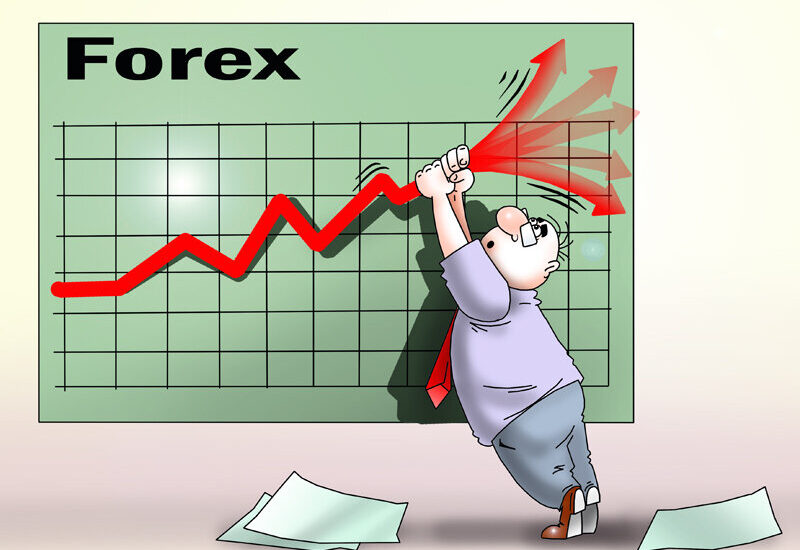Types of stock indices and how they are used in trading
Stock indices are important market indicators that reflect the dynamics of groups of stocks. They help investors and traders to analyze trends and make decisions. Let’s find out what indices are and how they can be used in trading.
Main types of stock indices
All stock indices can be divided into several categories depending on their structure and purpose.
- National indices. They reflect the state of the stock market of a particular country. For example, S&P 500 (USA), FTSE 100 (UK) or Nikkei 225 (Japan).
- Global indices. They include shares of companies from different countries and give an idea of the world economy. An example is the MSCI World Index.
- Sector indices. Track the dynamics of certain industries, for example, Nasdaq Biotechnology (biotechnology) or Dow Jones U.S. Oil & Gas (energy).
- Weighted indices. They differ in the principle of calculation:
- Capitalization-weighted – take into account the size of companies (e.g., S&P 500).
- Price-weighted – based on the value of shares (e.g., Dow Jones Industrial Average).
How stock indices are used in trading
Stock indices allow traders not only to evaluate market trends, but also to find profitable entry points.
- Analyzing market conditions. If the index is growing, it may indicate optimism of investors, if it is falling – it may indicate deterioration of the economic situation.
- Trading index assets. You can trade futures, ETFs or CFDs on indices without buying the shares themselves. This allows you to make money both on the growth and fall of the market.
- Risk Hedging. If a trader has a portfolio of stocks, it is possible to use indices to protect against market fluctuations. For example, when the market falls, one can open a short position on an index futures.
Indicators and strategies based on indices
Many traders use indices as indicators for their strategies.
- Comparing indices. For example, if the S&P 500 is rising and the Nasdaq 100 is falling, this can indicate a change in investor sentiment.
- Divergence with stocks. If an index is showing growth but many of its constituent stocks are falling, it could be a sign of a reversal coming soon.
- Moving averages. Using 50-day and 200-day averages helps determine the long-term trend of an index.
Stock indices are a powerful tool for market analysis and trading. They help to assess the economic situation, find trading opportunities and manage risks. Using indices in strategies allows traders to better understand the market and make more informed decisions.



